How do I get more leads?
And how do I know if I’m flushing money away?
One of the most common questions we get asked is:
How can I use marketing to get new leads for my business?
Of course you want to grow revenue and increase profits, and getting new leads is a logical way to get new business. But, unfortunately, even the most extraordinary marketing teams and tenacious sales force can’t wave a magic wand to make that happen. (Sorry. 😕)
Instead, we like to answer the question with another question:
What kind of leads do you want?
First, remember: Not all leads are created equal
You likely already know this in your gut, but here’s an example.
Say you own a gorgeous wine bar. It’s well-stocked, in a great location, with gleaming stemware and an inviting feel. You attract a ton of foot traffic, with lots of first-time customers popping in on the weekends.
These customers fall into a few categories:
Browsers: These are folks who poke around, maybe use the restroom, but don’t stay for a glass of wine or purchase a bottle to take home.
Swillers: The group of friends or couple who decide to order by-the-glass before moving on to the rest of their evening.
Regulars: They love you; they are here most weekends for a low to mid-range bottle.
Spenders: These are the wine-os who know what they like and aren't afraid to spend on a higher-end bottle or three, calling out tannins and describing their favorite merlot as “jammy.”
Investors: The dedicated ambassadors for your brand—your monthly wine club members who often stop in for a date night, open all your marketing emails, show up for special events with friends, and buy at least a couple cases each year.
Sommeliers: This is the white whale: Someone who happens to have the power to partner with you as a restaurant or retail supplier.
By entering your store, every single one of these customers is technically a lead. But which ones make the biggest difference on your bottom line?
How do you get leads you actually want?
1) Identify your ideal lead
Start by looking at the customers you already have and ask yourself: Who are my faves?
Sure, the sommelier brings in the most revenue, but maybe they also take up the most time, require a lot of hand-holding, and expect a steep discount.
On the other hand, your big spenders might breeze in, pick up a couple bottles and head home to host a multi-course meal where they serve your wines and recommend your wine shop to all their guests.
And your investors? Their credit cards are automatically charged every month, whether you see them or not, and they're a living advertisement for your brand— high value, low labor, and priceless loyalty.
Which would you choose to attract the most?
2) Find out where those dream leads hang out
Once you know who you want to work with, you can start to discover where to find them.
This could be the digital world—think Reddit, NexDoor, association forums, or Etsy. Or the real world-–yoga studios, sommelier/cooking courses, or French class. It might be a mix of both. But one thing is for sure: your ideal leads are not on every platform and every bulletin board in every city within 100 miles of your shop.
Like so much of marketing, reaching your dream lead is not a one-size-fits-all strategy: Unfortunately, you can’t throw money at Google Ads and expect to generate a unicorn. As nice as that would be, finding a unicorn takes a lot more intention. 🦄
Unless you have a Nike-sized budget, it is most often best to save your money and spend the time getting to know your audience (aka future customers) and where to connect with them.
Pro Tip: Don’t assume you understand your ideal client! You might think you know exactly why they work with you, but in our experience, if you start asking around, their answers might surprise you.
3) Show up with an authentic desire to serve
Once you’ve figured out the who and the where, it’s now a question of how.
How do you get invited into their circle? How do you get a foot in the door? How do you get a seat at the table?
It may be relatively simple, like joining your local chamber of commerce, an association, or paying for ads in the perfect niche publication. Often, it requires some shoulder-rubbing and introductions—good old-fashioned networking.
Wherever the answer is for you, consistently showing up with a spirit of generosity is key.
This may sound way outside the scope of “marketing” (can’t we just run some paid posts on the socials and call it a day?!) but the thing is, it’s the very definition of excellent and effective marketing.
In other words:
If you know a problem exists (like lack of access to phenomenal local/hard-to-find premium wines)
That you can solve (with the most gorgeous, helpful, welcoming wine shop in town)
It becomes incredibly gratifying (and super fun) to tell people struggling with the problem about your beautiful solution (marketing!)!
Good marketing is a long game.
Building strong relationships requires time and consistency, and that kind of trust is the foundation of a good marketing program. (And totally worth it to find those all-time favorite customers who make your work a dream job).
And over time, if you stick with it, the pay-offs are giant.
Not only does your network grow, you become known as a trusted expert in your industry—the go-to source of truth. Google Ads has nothing on that kind of reputation, which ultimately results in—you guessed it—high quality leads.
So how do you get more leads for your business?
Figure out who you want to work with
Find out where they are
Focus on solving their problem
Yes, it takes time, but in the long run, it’s way better than a magic wand. 🪄






